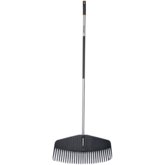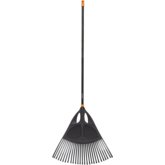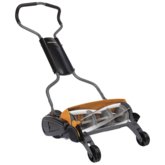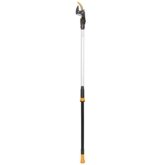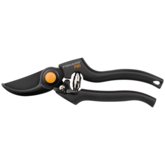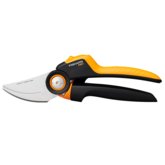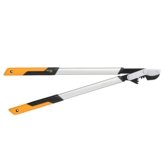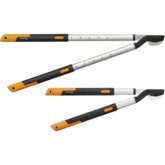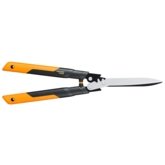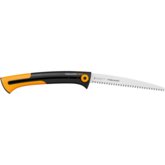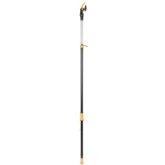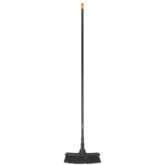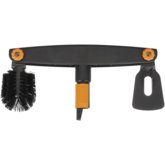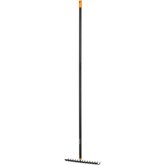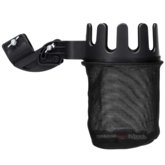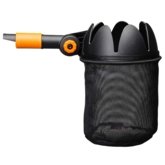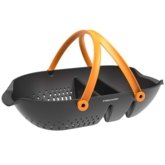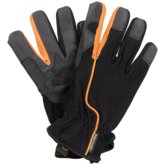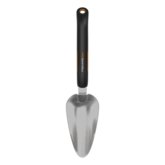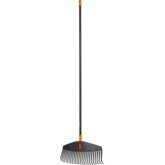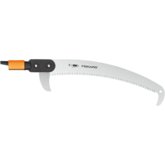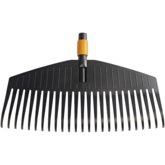
Ready, set, fall!
As the sweltering heat of summer gives way to milder temperatures, gardeners can look forward to a whole new set of activities that will reward you immediately or latest during the next spring
Ready, set, fall!
As the sweltering heat of summer gives way to milder temperatures, gardeners can look forward to a whole new set of activities that will reward you immediately or latest during the next spring
Local promotion title
Details of the activation: what to do, how and when to participate etc.
- Detail 1
- Detail 2
- Detail 3

Rake it to make it – smart uses for leaves
Raking is an important task because it ensures your lawn won’t suffocate under a thick layer of leaves. But there’s no need for perfection. In fact, leaving a moderate leaf covering behind benefits your lawn, enriching the soil with important nutrients and encouraging microbes.

Pamper your lawn with shredded leaves
To speed up decomposition, shred fallen leaves with an eco-friendly push-mower, such as our StaySharp™ Max Reel Mower. This is especially important for extra-thick leaves like oak and maple. It may take a little more effort, but your lawn will be grateful.

Protect your garden beds with leaf mulch
A covering of leaf mulch on garden beds protects perennial plants from the cold and adds nutrients to the soil.

Fallen leaves are great for compost
Adding leaves to your compost pile helps create a rich, loamy compost that’s perfect for your garden. Come next spring, you can mix it into your soil to improve its structure, add nutrients and improve drainage.
Pruning Guide
Explore our complete pruning guide to discover best practises.


Give outdoor furniture a gentle wash
Tailor your cleaning method to each piece’s materials. To avoid damage, avoid washing patio furniture with a pressure washer. A soft water spray gun or soapy water with a soft sponge will usually do the trick. Let your furniture dry well before storing it.

Clean patios, decks and paths
Be sure to sweep away any end-of-season leaves and dust from your patio. If not removed, moist leaves can damage wooden surfaces. Use a metal rake or weeding knife to remove moss, weeds and grass growing between patio bricks and pavers. Moss grows fast in the moist autumn air and can harm concrete and stone.

Clear your gutters
Cleaning gutters regularly is important. If neglected, fallen leaves, needles and moss can create clogs and cause rainwater to run freely along the walls of your house. To make an easier job of it, attach a water hose to your gutter cleaner.
When it comes to harvesting, dry weather is best, as extra moisture can quickly ruin stored food.
If you’re harvesting apples for storage, pick them directly from the tree. Fallen apples won’t last in storage. It’s best to pick apples on a sunny day. If the night has been cold, let the weather and apples warm before picking. Store your apples in cool and dry place.


Plant bulb plants like tulips, lilies, hyacinths and garlic in the fall when the ground temperature reaches 5 °C or below. The goal is to give bulbs enough time to take root before the ground freezes. Be sure to clear away any existing plants with a weeding knife, then use a bulb planter to quickly dig and fill your holes. (Carrots and parsley can also be planted ahead.)

Divide flowering perennials in the fall when their blooming period is over and they’re robust enough for the process. Dividing keeps plants strong and healthy—and creates more flowers for your garden. To make the job easier, use a sharp spade or garden knife. (If your perennials flower in the fall, divide them in the spring.)

Cover your garden beds with a protective layer of raked leaves. Leaf mulch insulates from the cold, provides the soil with important nutrients and creates a living habitat for insects.
Quikfit – One tool to rule the fall
This fall, tackle everything on your yard to-do list with one smart, simple tool: Fiskars QuikFit™. Thanks to its interchangeable heads and handles, QuikFit can take on all manner of yard work. Its impressive range spans from gutter cleaning and harvesting all the way to raking and sweeping. It’s even earned a prestigious Red Dot Award in recognition of its exceptional quality, safety, and performance.
Firewood prep for winter
Fall is the beginning of fireplace and bonfire season. Although it’s not the best time for tree felling, there are a few things you can do to prepare. If possible, move your firewood indoors in early autumn to avoid the moist air. In addition, stockpile lots of kindling for easier fire starting.
How to prepare kindling:
- Gather twigs, small chippings and bark, which are all great for fire starting.
- Make kindling out of wood. Any kind of wood will work, but resinous woods like spruce are slightly better.
- Chopping kindling requires precision. A small, light, one-handed universal axe is the best tool for the job.
- Safely secure logs while chopping with a sappie.
- Turn pinecones and leftover candles into fire starters. Melt candle wax into a paper cup or part of an egg carton, then press a pinecone into it.

